
We hear a lot about skyrunning, but many of us still aren't sure exactly how to define it. How does it differ from traditional fell running? And is it for you? In this two-part series, experienced fell runner Keri Wallace dips a toe into this exciting discipline.
Do you run in the mountains? Are you a trail runner, mountain runner, fell runner or skyrunner? If you're not sure which you are, then you're not alone. The boundaries of these sports are certainly starting to blur.
I have been a fell runner for over a decade and have competed in many mountain marathons and fell races. Recently however, I decided to try my hand at skyrunning. 'What is the difference?' you might ask. Well seemingly quite a lot. Both disciplines have their lovers and haters of course. And here's why….
Fell running (or hill running) is the British sport of running and racing off road, over upland or mountainous terrain, where ascending and descending steep routes (mainly without following 'trails') is the name of the game. Originating in Northern England in the early nineteenth century (and in Scotland around the same time), the sport is steeped in a history and tradition that is still very much at its heart. In this respect, fell running has changed very little over the last century or more.
In contrast, skyrunning is a relatively new concept and is defined as 'mountain running above 2000m over extremely technical trails'. The idea was first conceived by Italian mountaineer Marino Giacometti, who pioneered races on Mont Blanc and Monte Rosa in the Italian Alps in the early 1990s. Since then, the sport has gained significant popularity and there are now over 200 races worldwide.
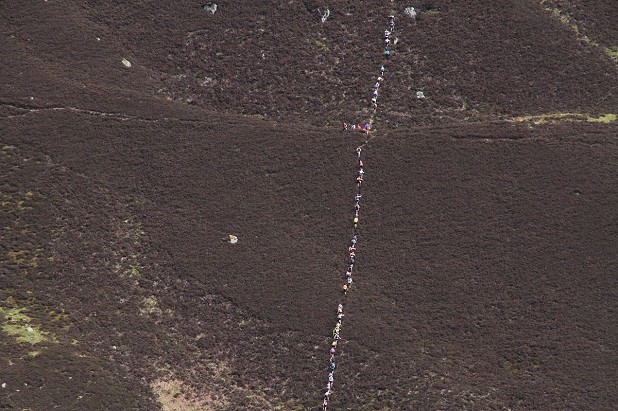
As an experienced fell runner and rock climber, born and bred in the UK, skyrunning is the ultimate buzz for me. I just love the audacity of the routes, the technicality and exposure of the terrain
Racing
The Fell Running Association (FRA) was formed in 1970 'to cater for the needs of fell runners' and publishes a calendar of 400-500 races per year in the UK (but there are many other races that are not FRA registered). The FRA isn't the governing body for all fell running and there are several other organisations with a similar function, including one for Ireland, N Ireland and Wales. FRA registered races fall into categories defined by the amount of ascent (A/B/C) and distance (S/M/L). For example, the Isle of Jura Fell race is category AL (at 27.4km distance and 2347m ascent).
Skyrunning on the other hand is an international phenomenon, attracting around 50,000 participants each year from across 65 countries, and continuing to grow at an unprecedented rate. The International Skyrunning Federation is the governing authority, and administers three main categories of race; Sky, Ultra, and Vertical. These three make up the world championships but there are also Sky Extreme and Sky Marathon events in many countries. There are only three events offering skyrunning races in the UK at present - see here.
Navigation
In Fell races, competitors are expected to possess the navigation skills necessary to find their own way around the course in poor weather and to carry whatever equipment is deemed necessary by the FRA/organiser to stay safe in the prevailing conditions. Navigation is an important component of the competition and cunning 'fell racing lines' or good navigation skills can literally level the playing field in 'claggy' conditions. In most races, the use of GPS watches for navigation is not allowed. This is becoming an increasingly contentious issue, as the rules often differ or are unclear on this point. In fact, only last month 54 race organisers, plus a number of top runners (incl. Joss Naylor, Nicky Spinks, Rob Jebb and Ian Holmes) signed an open letter calling on the Fell Runners Association (FRA) to ban the use of GPS devices in races.

From 2019 the FRA will categorise all registered races as G (GPS allowed) or NG (GPS or other electronic device not allowed), a decision which will be at the discretion of the race organiser. If a fell race is designated non-GPS, then the use of any electronic device to aid route finding will be prohibited (although use for other purposes such as tracking or as an altimeter will still be allowed).
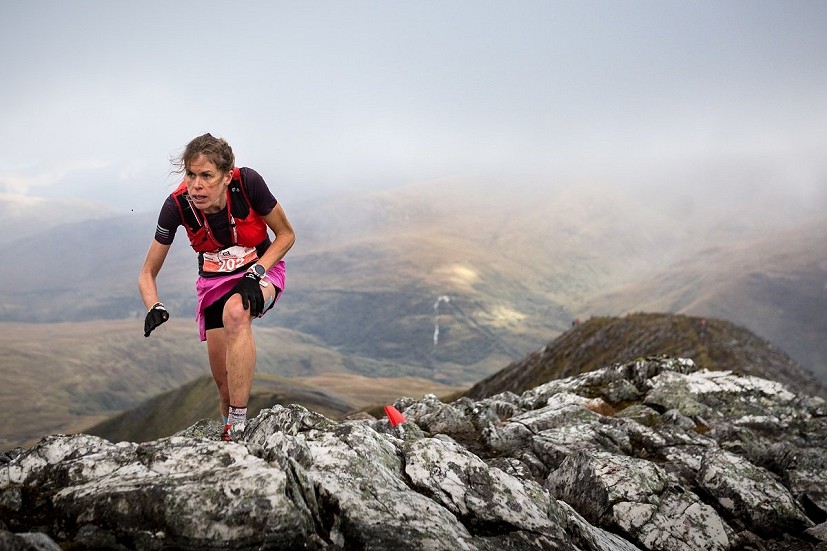
In Skyrunning events, by contrast, navigation skills are essentially not required. The route is 'flagged' (literally every 25-100m or so). A map and compass or GPS device should be carried on the course for emergency situations only and a GPS track of the course is generally made available to competitors prior to the race. The idea of deleting navigation from the equation aims to remove barriers and increase access to the sport (navigation is a real stumbling block for so many people). It also allows runners to concentrate on running, making fitness and agility the key to this sport, even when visibility is poor.
Concern over the retrieval of flags post-race is another bone of contention for those who are environmentally aware and seek to protect our fells from commercial 'overuse'. However in my experience, race organisers are conscientious in this regard and try to organise UK skyraces in line with British mountaineering/fell racing ethics as much as possible.
Terrain
With the exception of the Vertical Kilometre category, skyraces generally traverse considerably more technical and exposed terrain than you would find on most UK fell races. As an integral part of the challenge you can expect to encounter some significant hard scrambling, even up to Moderate grade rock climbing. For example, recent UK skyraces have included notable scrambles such as Aonach Eagach, Curved Ridge, Pinnacle Ridge on St Sunday Crag and Striding Edge. Skyracing is arguably the point at which running meets proper mountaineering, and the entry requirements for the most technical skyraces reflect this; only competent scramblers or climbers need apply! That is not to say that UK fell racing terrain is easy – there are many races which are notable for covering technical, loose or 'exciting' ground. However, in the main, the focus of fell races is on runnable fell and does not tend to include much in the way of fall-off-able hands-on scrambling.
The world is certainly big enough for both these disciplines, and I think our hill running community is all the better for it
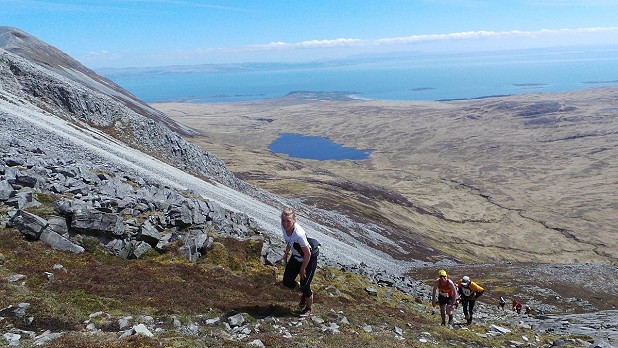
Participation
Fell running is a grassroots sport. Race entries are often just a few pounds. You will never get a goodie bag, car-sticker or a t-shirt for participating. Most competitors will be from your local or nearby club, with the exception of large/championship races - but the competition will always be fierce!
Skyraces can be expensive by comparison (though not dissimilar from other big trail or multisport events). But enter a skyrace and you will be rubbing elbows with the stars. Skyrunning brings international parity (and, some would say, international levels of hype) to running in the British mountains. Maybe it is just an ego-massage and you might want to hate it – but you won't.
Feel
Fell running is low-key, it's 'oldskool' and it's hardcore. Never ever underestimate the haggard old-dude or sinewy lass on the start line. They will trash you! If I had to describe fell running in a few words it would be thus; 'club vests, old kits, bumbags, familiar faces, 50p entry fee, tea and cake, all ages and good craic'.
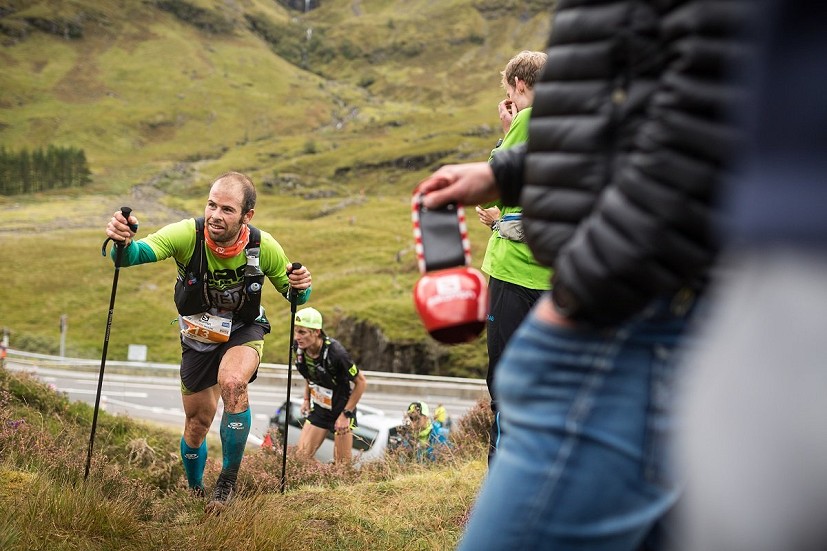
Skyrunning, by contrast, is a commercial enterprise and so it is of course very different. Skyraces tend to be high-profile and more 'showy', often involving extra entertainment which enables runners to 'make a weekend' of the event. I might describe skyrunning more like 'Eurofluro, toned and tanned, race vests, headbands and compression tights, gels, gizmos and logos'. But I would also say "WOW". As an experienced fell runner and rock climber, born and bred in the UK, skyrunning is the ultimate buzz for me. I just love the audacity of the routes, the technicality and exposure of the terrain, the international crowd and the sense of occasion. Fell running is how I fell in love with the mountains, and I love it for its honesty and simplicity. But I also enjoy racing the line somewhere between fell running and mountaineering in these skyraces - I suppose the terrain more closely reflects the kind of running I do by myself at home in Glen Coe.
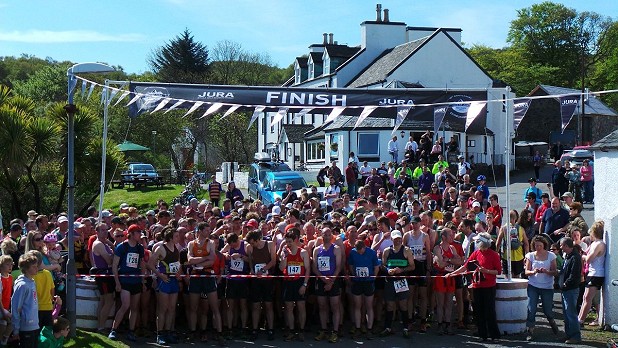
In contrast to someone who races on their local fells every weekend, I am someone who enters only a few 'benchmark' races each year and who focuses their training and motivation soley on that goal. Everyone is different, but for me skyrunning is the perfect accompaniment to fell running. The world (and by that I mean the UK) is certainly big enough for both these disciplines, and I think our hill running community is all the better for it.
- In the next article Keri tries her first skyraces, and looks at pre-race training
Keri Wallace is an experienced fell runner and a fell/trail running guide with Girls on Hills in Glencoe. She is also a keen rock climber and member of the Glencoe Mountain Rescue Team. She is a qualified summer mountain leader and climbing instructor, with Fell/Trail Leadership in Running Fitness (FLiRF) accreditation from the Fell Running Association (FRA).
- INTERVIEW: Anna Wells on the Winter Munro Round 25 Mar
- Top Tips: Camping With Kids 12 Jun, 2023
- REVIEW: Book Review: Voices From the Hills 19 May, 2023
- My Move to the Mountains: Life in Lochaber 16 Mar, 2023
- Hut to Hut in the Tyrol - A Family Adventure 30 Aug, 2022
- INTERVIEW: Nicky Spinks on the Lake District 24 Hour Record 9 Sep, 2021
- On the Ramsay Round with the Black Trail Runners 19 Aug, 2021
- INTERVIEW: In pursuit of purity: going solo on the Winter Bob Graham Round 25 Feb, 2021
- Desert Island Peaks: Keri Wallace 18 Jan, 2021
- Walk Before You Run - winter skills for hill runners 21 Dec, 2020

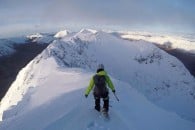


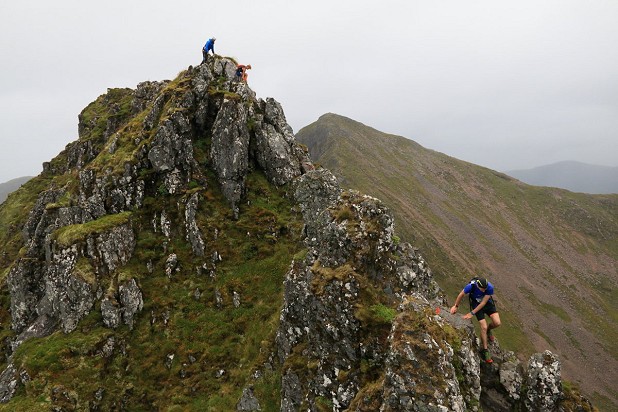



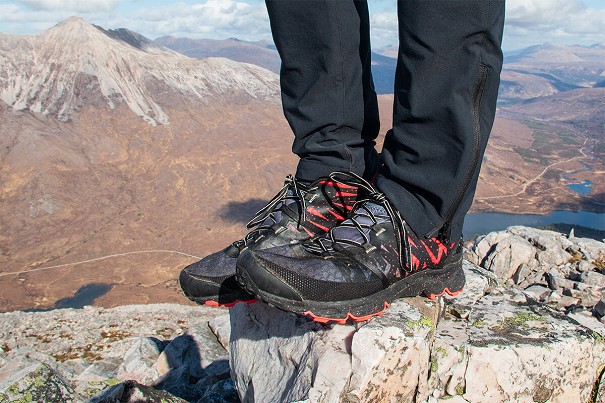
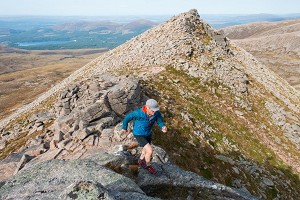
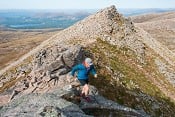
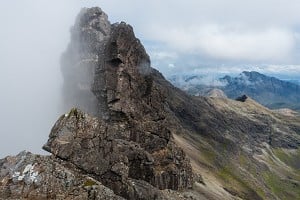
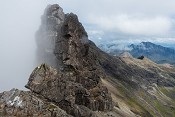
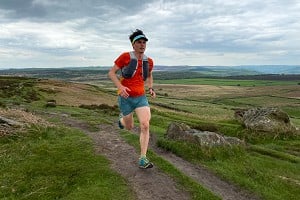
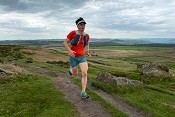
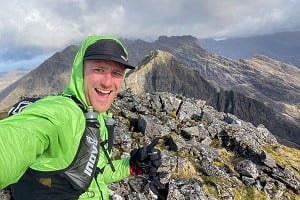
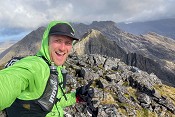
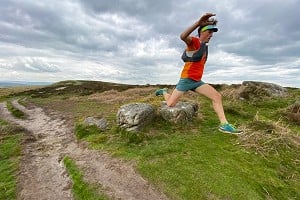
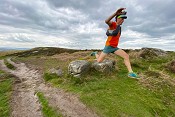
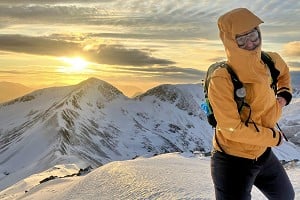
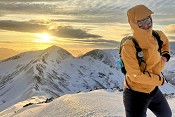
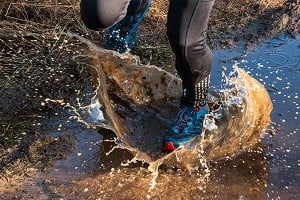
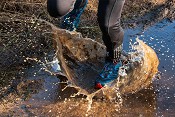

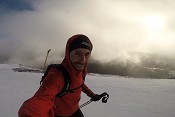
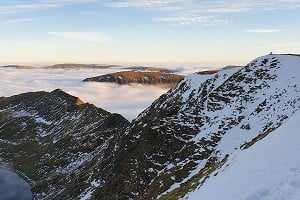
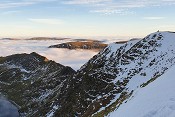

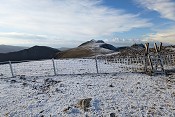




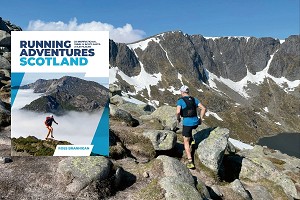



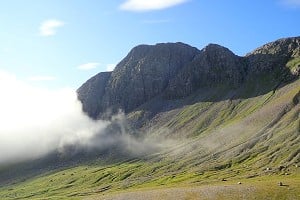
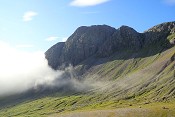
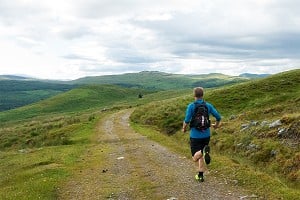
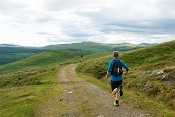
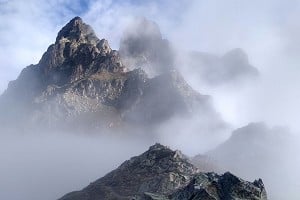
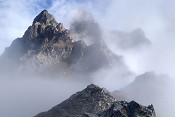

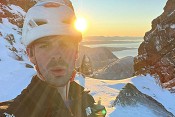
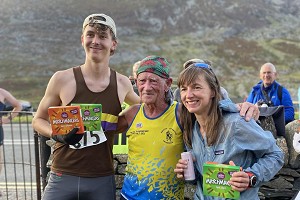
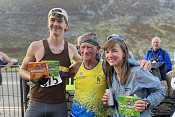
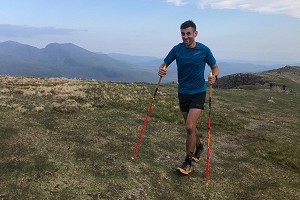
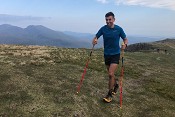
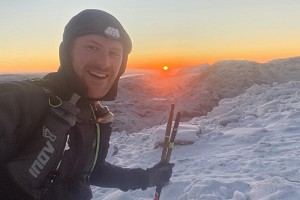
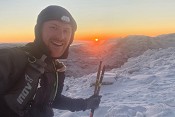
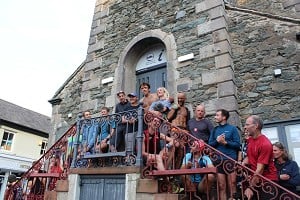
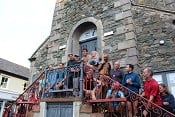


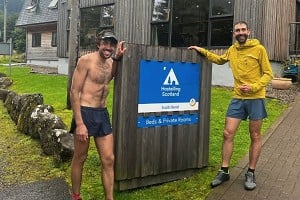
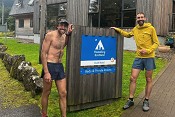
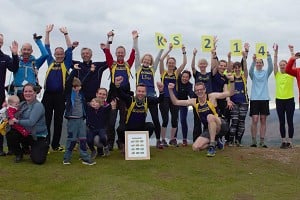
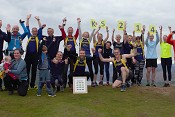
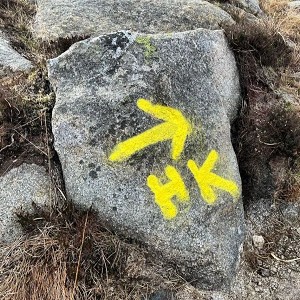
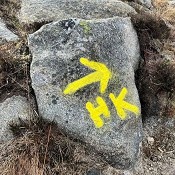

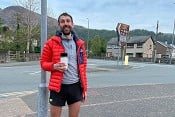
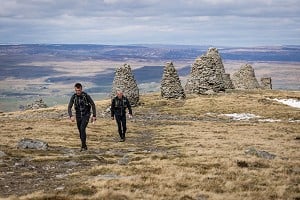
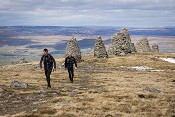
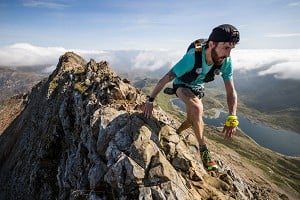
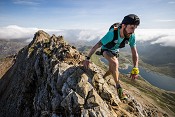

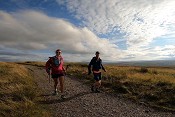
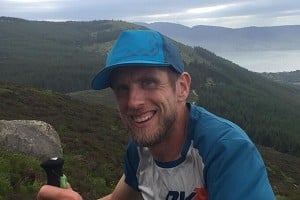
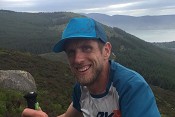
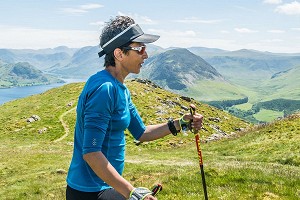
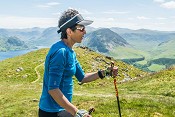
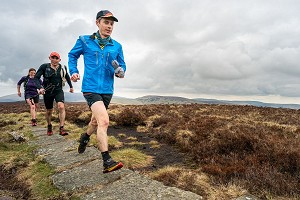
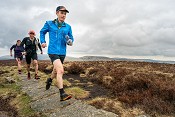
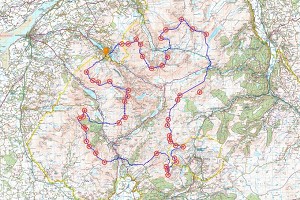
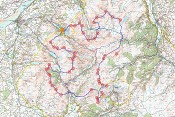

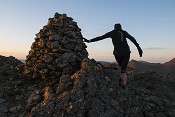
Comments